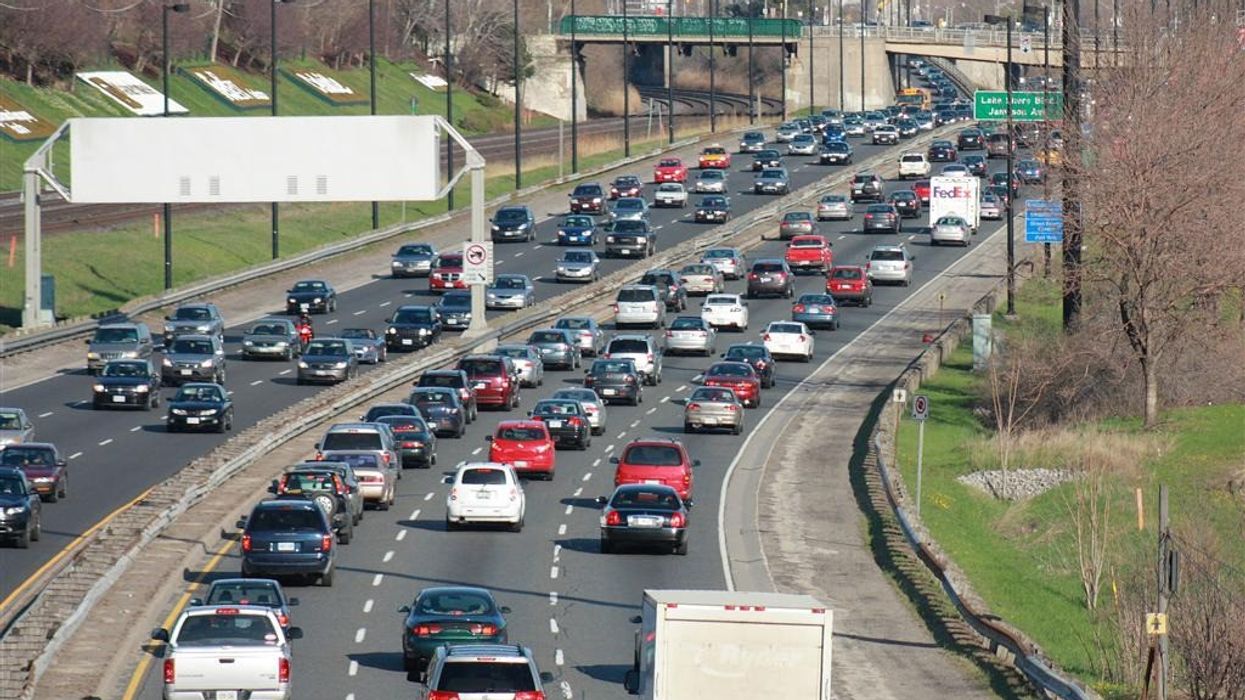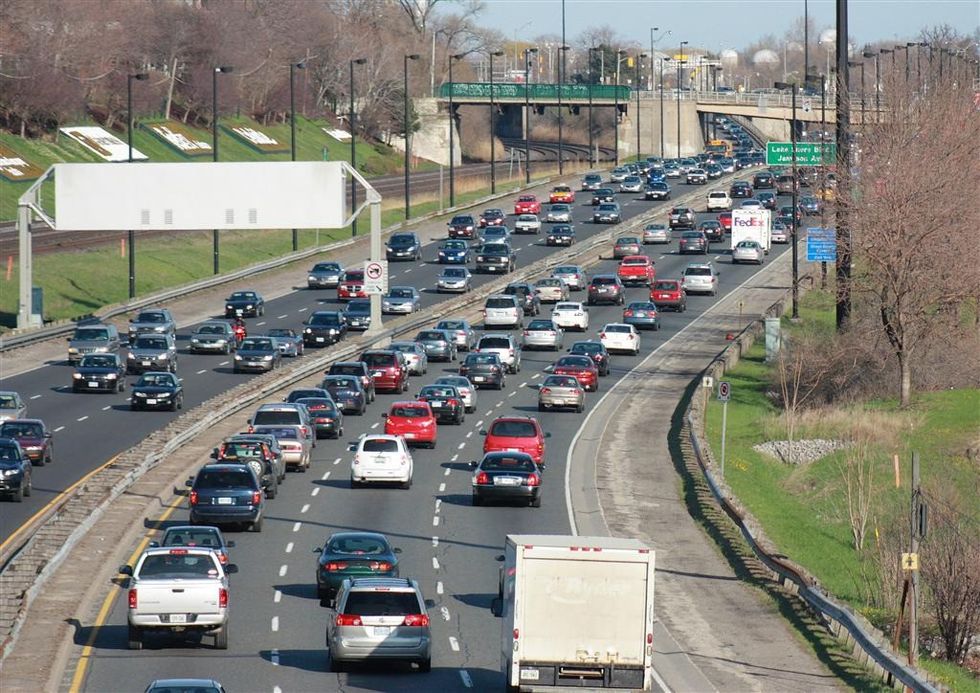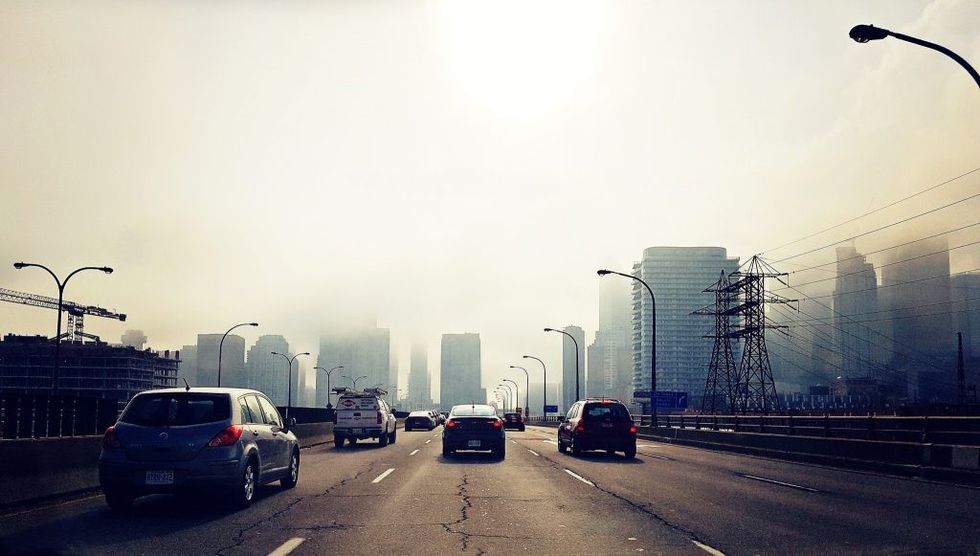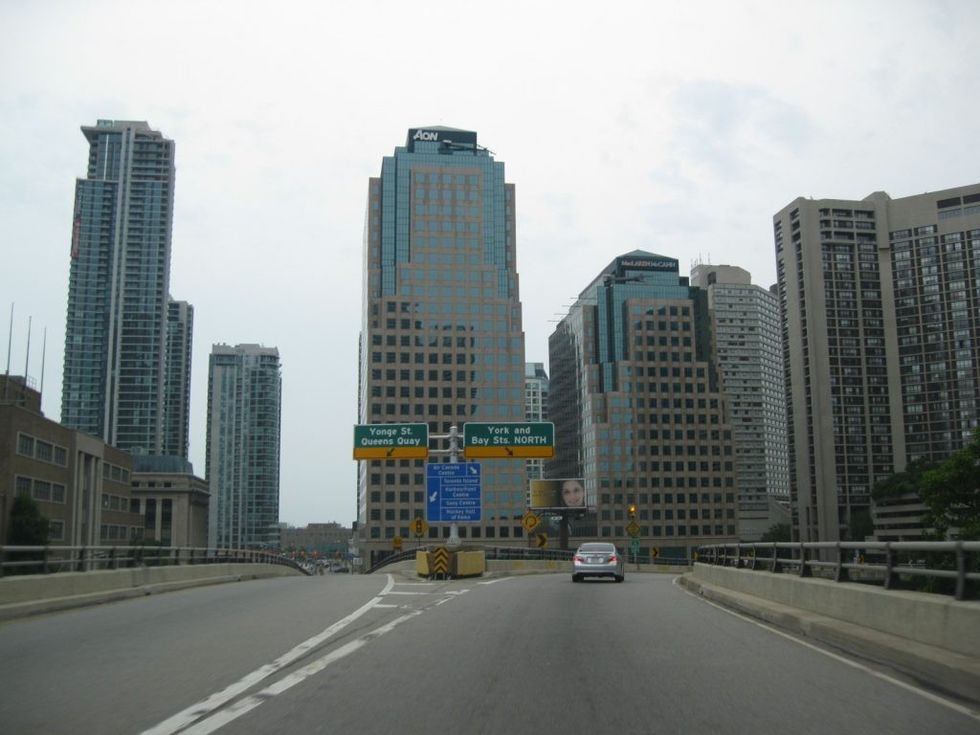When a pedestrian footbridge over a nine-lane highway in suburban Miami collapsed — just five days after it was installed — alarm bells went off across North America. Not only were there questions about how we're building infrastructure, but what we're building.
The fallen footbridge, constructed before it was put in place last month, killed six drivers.
Designed to connect Florida International University with a neighbourhood on the other side of the highway where many students live, the $14-million (US) amenity was loudly proclaimed an "engineering feat."
But, many also asked if a footbridge was really the best way to deal with problems caused by running a busy high-speed highway between a residential precinct and a university campus.
Would the footbridge simply reaffirm the presence of the highway? Would pedestrians actually use something so inconvenient? Would it not be better to redesign the arterial infrastructure to right a situation that prioritizes cars and trucks over pedestrians and cyclists?
As North American cities add population and density, questions such as these are raised across the continent.
Given that post-war growth has been overwhelmingly suburban, car-dependant and sprawled out, the rebuilding of the infrastructure has thrown these issues into sharp relief.
In Toronto, which like so many cities has neglected the fundamentals, we are uncertain whether spending on the infrastructure should be used as an opportunity to prepare the city for the future or bolster decisions of the past.
Under the mayoralty of John Tory, we have opted emphatically for the latter.
Rather than demolish the Gardiner Expressway east of Jarvis, for example, and replace it with an at-grade boulevard, we will spend at least $1.5 billion expanding it.
Rather than build new subways downtown — where they are needed most — we build them where politicians, provincial and municipal, believe are most advantageous to their re-election chances.
Rather than narrow Yonge Street between Sheppard and Finch from six lanes to four to make the neighbourhood less dangerous and more liveable, the mayor and his allies would prefer to leave it as is so as not to antagonize drivers.
In other words, whom does the infrastructure serve?
Infrastructure, of course, is expensive. The one-stop Scarborough subway extension, rejected by every transit planner whose opinion matters, will cost $3.5 billion. Probably closer to $5 billion by the time the dust settles.
Would we really be committed to it if politicians like Premier Kathleen Wynne and Mayor Tory didn't think it was in their own best electoral interests? Little wonder public skepticism has become rampant.
In a more heroic age, people felt differently. The infrastructure was a source of civic pride. It was symbolic of a prosperous nation and its growing cities.
Think of the Bloor Street Viaduct or the R.C.Harris Filtration Plant (which author Michael Ondaatje called the Palace of Purification). Even more ambitious were the St. Lawrence Seaway and before that the transcontinental railroad.
These were the projects that would enable Toronto and Canada to enter the modern world.
But before long new attitudes prevailed. The battles had been won and it was time to rest on our laurels.
"The 1980s and '90s were really bad days for infrastructure investment," says Andy Manahan, executive director of the Residential and Civil Construction Alliance of Ontario.
"There's still a lot of foot-dragging, but there's greater recognition now of the importance of infrastructure. In Ontario, there's been a sea-change in the last decade."
Manahan points to David Caplan, who served as Minister of Public Infrastructure Renewal in the Liberal government of Premier Dalton McGuinty in 2003 — '07, as the last senior politician who understood the importance of file. A decade ago, Caplan, who served as Minister of Health before leaving government in 2011, put the infrastructure deficit at $100 billion.
Little wonder concern about the state of infrastructure was starting to grow. The signs were increasingly ominous.
Though now largely forgotten, five people were killed when a bridge in Laval, Quebec, collapsed in 2007. The shock reverberated across Canada. Suddenly engineers and inspectors found themselves very busy.
Closer to home, people started to pay attention in 2011 when concrete chunks began falling from the Gardiner Expressway. That would eventually lead to a city report that recommended tearing down the eastern stretch of the raised highway. Not only was that rejected, under Tory, council decided to rebuild it although that would mean limiting waterfront revitalization.
Despite ever-worsening congestion and environmental degradation, official Toronto's faith in the automobile remains undiminished. Instead of correcting these mistakes from the past and installing 21st-century infrastructure that addresses transit and other forms of mobility, we stick with old auto-dependent ways.
The danger is that Toronto's innate conservatism will prevent it from realizing its potential.
Along the way, infrastructure has come to be seen as a goodie handed out by generous elected officials. Little wonder it is more political than ever.
Engineers, experts, planners, city staff and academics are consulted but routinely ignored and pushed aside as politicians take it upon themselves to decide what's best for the city. Needless to say, the expenditure of public money is always political, but that doesn't justify or excuse the hubris — not to mention the stupidity — of squandering billions doing the wrong thing for the wrong reason.
Some estimates now put the replacement cost of Ontario's infrastructure at a staggering $209 billion. That's a lot of money to throw away on ill-conceived schemes.
It also explains why infrastructure will be the defining issue in the years ahead.
























